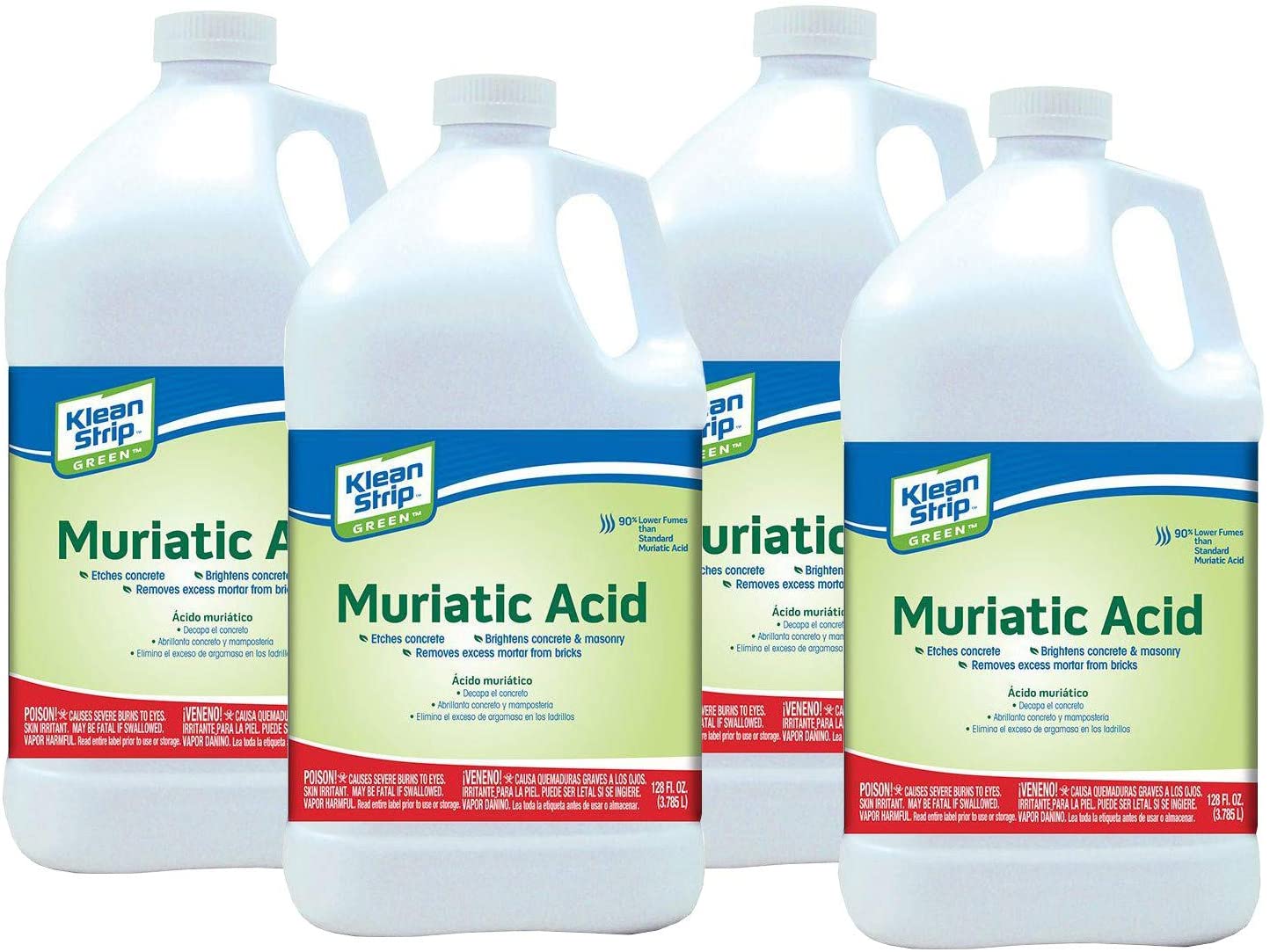Discover the Role of Muriatic Acid in Maintaining a Safe and Balanced Pool Environment
Introduction
Muriatic acid, also known as hydrochloric acid, is a powerful and versatile chemical often used in swimming pool maintenance. This article will explore the various uses of muriatic acid in pool care, provide guidance on how and when to use it, and offer safety tips for handling this potent chemical.
The Role of Muriatic Acid in Swimming Pools
Muriatic acid plays a crucial role in maintaining a balanced and healthy swimming environment. Its primary uses in pool care include:
- Lowering pH Levels: High pH levels can lead to issues such as cloudy water, reduced sanitizer effectiveness, and scaling on pool surfaces. Muriatic acid is an effective and fast-acting solution for lowering pH levels to the optimal range of 7.2 to 7.8.
- Reducing Total Alkalinity: High total alkalinity can contribute to imbalanced water chemistry and can cause pH levels to fluctuate. Muriatic acid is commonly used to lower total alkalinity to the ideal range of 80 to 120 parts per million (ppm).
- Removing Mineral Stains: Muriatic acid can also be used to clean and remove mineral stains, such as calcium deposits, from pool surfaces.
How and When to Use Muriatic Acid
- Lowering pH Levels: To lower pH levels using muriatic acid, follow these steps:
a. Test your pool water using a test kit or test strips to determine the current pH level. b. Refer to the manufacturer’s instructions or an online calculator to determine the appropriate amount of muriatic acid needed to lower the pH to the desired level. c. Dilute the muriatic acid in a bucket of water, following the recommended dilution ratio. d. Slowly pour the diluted acid solution into the pool, ideally near the return jets for optimal circulation. e. Wait at least 4 hours, then retest the pH level and make any necessary adjustments.
- Reducing Total Alkalinity: To lower total alkalinity with muriatic acid, follow these steps:
a. Test your pool water to determine the current total alkalinity level. b. Calculate the required amount of muriatic acid to lower total alkalinity to the desired range. c. Dilute the muriatic acid in water, as previously described. d. Pour the diluted solution into the deep end of the pool, away from pool walls and fixtures. e. Wait 4 to 6 hours, then retest the total alkalinity level and make any necessary adjustments.
- Removing Mineral Stains: To remove mineral stains using muriatic acid, follow these steps:
a. Turn off the pool pump and filter system. b. Mix a solution of muriatic acid and water, following the recommended dilution ratio for stain removal. c. Wearing proper protective gear, apply the diluted solution to the stained area using a sponge or brush. d. Allow the solution to sit for a few minutes, then scrub the stain until it is removed. e. Thoroughly rinse the treated area with fresh water to neutralize any remaining acid.
Safety Precautions and Best Practices
Muriatic acid is a powerful and potentially hazardous chemical. When using it in your swimming pool, always follow these safety guidelines:
- Wear appropriate personal protective equipment, such as gloves, goggles, and a mask, to prevent exposure to skin, eyes, and respiratory system.
- Store muriatic acid in a cool, dry, well-ventilated area, away from direct sunlight, heat sources, and other reactive chemicals. 3. Never mix muriatic acid with other chemicals, particularly chlorine, as this can create dangerous reactions and toxic gases.
- Always add muriatic acid to water when diluting, not the other way around, to avoid a dangerous exothermic reaction.
- Use a plastic or acid-resistant container for diluting and applying muriatic acid, as it can corrode metal.
- Keep children and pets away from the pool area when using muriatic acid to ensure their safety.
Conclusion
Muriatic acid is a valuable tool in maintaining a balanced and clean swimming pool environment. Its versatile applications, including lowering pH levels, reducing total alkalinity, and removing mineral stains, make it an essential chemical for pool owners. By understanding how and when to use muriatic acid, and following best practices for safety, you can effectively maintain your pool’s water chemistry and enjoy a healthy, sparkling swimming pool all season long.
